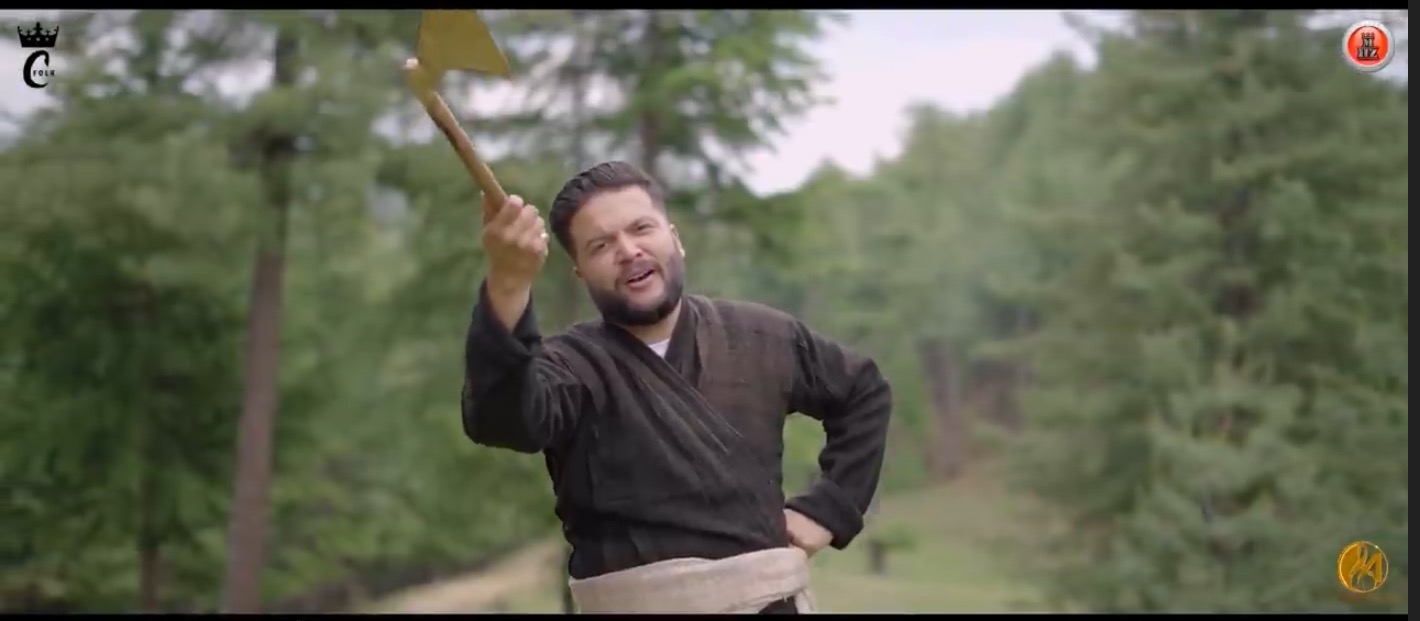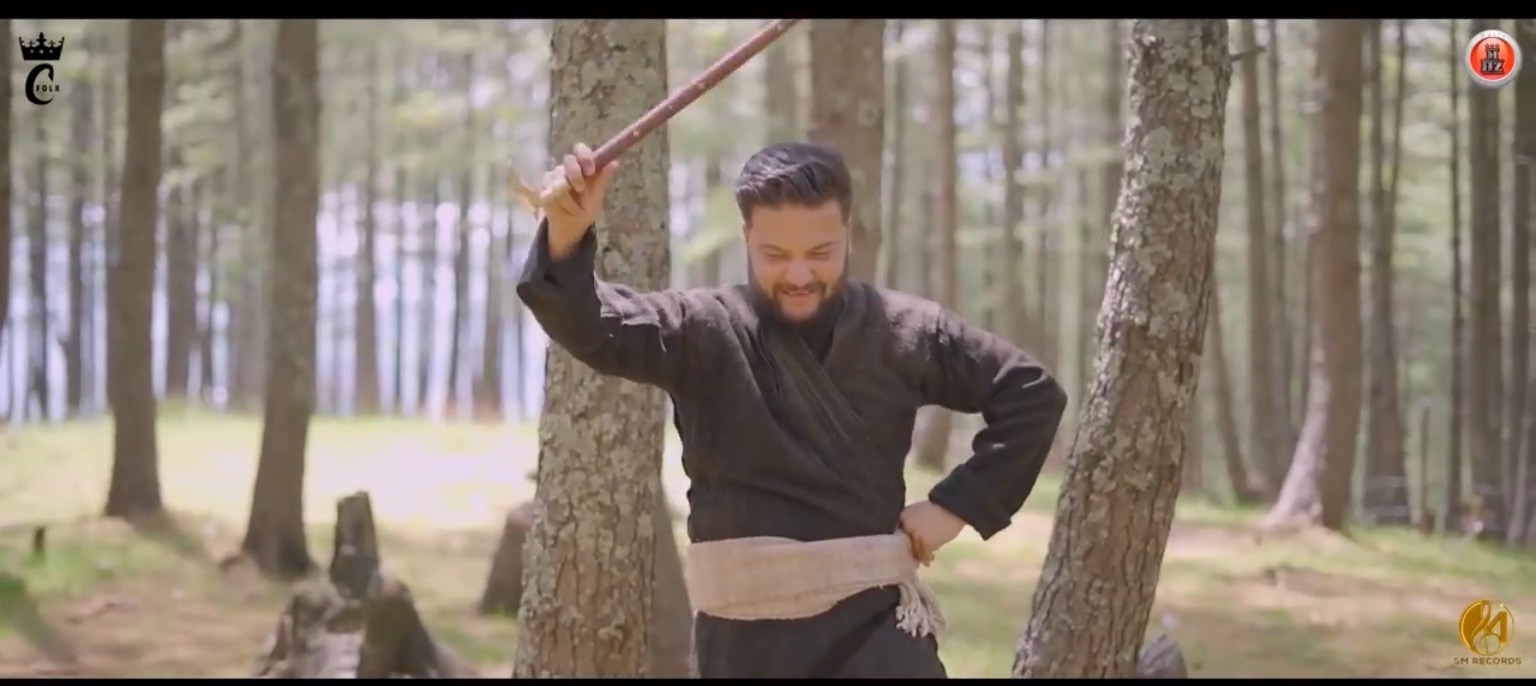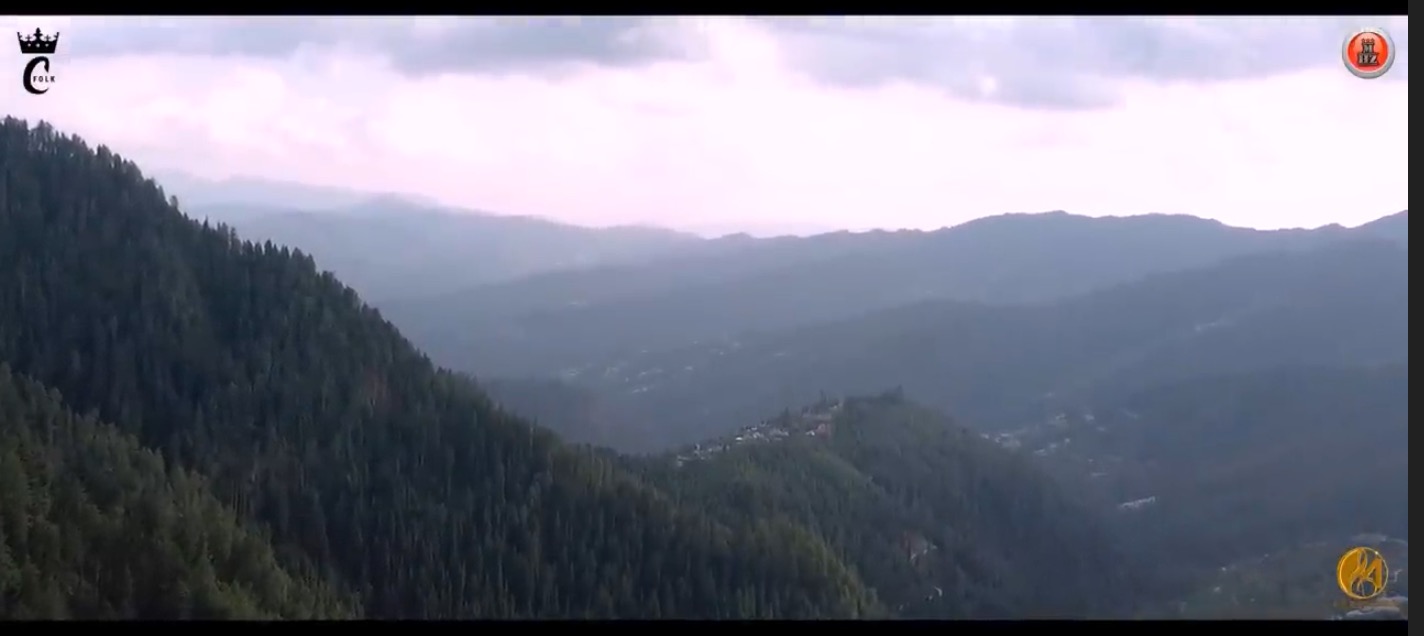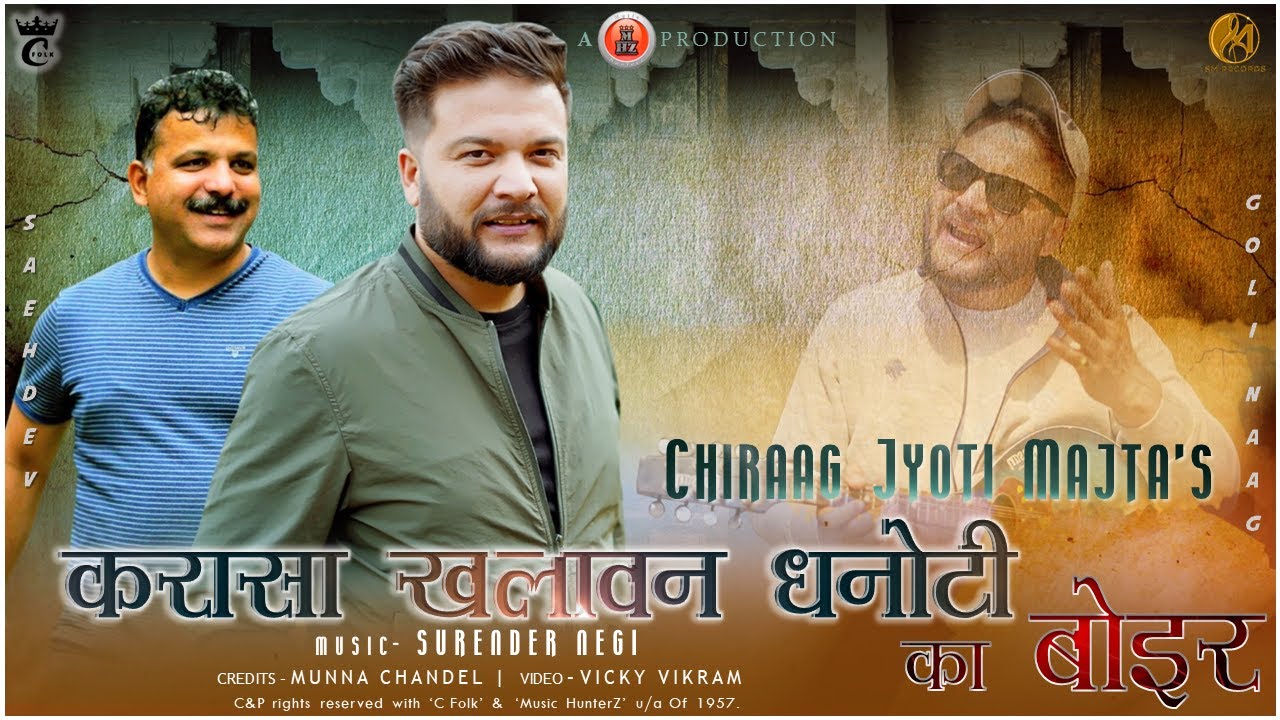 The ‘Boir’ pahari stories are some of the most fascinating stories I have heard from village elders.They have all the emotions of an epic: love, friendship, betrayal, revenge, gory duels, murder and enmity lasting centuries.
The ‘Boir’ pahari stories are some of the most fascinating stories I have heard from village elders.They have all the emotions of an epic: love, friendship, betrayal, revenge, gory duels, murder and enmity lasting centuries.
I had been missing these tales for long.And then the other day on a warm summer afternoon I received this musical video link with a long-winding name ‘Karasa-Khalawan-Dhanoti ro Boir’ an almost hour long folk song by Chiraag Jyoti Majta released a few days ago.
At first I thought it was one of those usual, jarring, discofied, pahari DJ songs which scream at pahari wedding parties late into the night.But when I began to watch I was pleasantly surprised and soon gripped by the musical video.
After I finished watching the song I started ringing up and messaging friends and family members, telling them how exceptional this song was and urged them to watch it.
I tweeted, “If you want to listen to a classic pahari song, this is it.Evocative poetry of a bygone era, sung and shot in stunning outdoor locations of the Nawar and Pabbar valleys. This will stand the test of time!”
 The high-pitched musical voice of Chiraag Jyoti is extraordinary and rare.The diction and rendition of classical pahari words is perfect. Being a fluent pahari speaker I can wonder how much hard work was done. Even the dancing by the singer is of a high standard in the outdoor picturesque locations.
The high-pitched musical voice of Chiraag Jyoti is extraordinary and rare.The diction and rendition of classical pahari words is perfect. Being a fluent pahari speaker I can wonder how much hard work was done. Even the dancing by the singer is of a high standard in the outdoor picturesque locations.
Not to forget the effort by the singer to piece together this song, the time and deep research it must have taken. Remember these old songs are not found in written form. Most of those who knew them by heart have been long dead. I am told it was composed some 300 years ago.
The music is traditional, lilting, melodious and at times overwhelming, as it builds the mood and emotion of the ‘boir’ song to a climax. The voice of Chiraag and the music of Surender Negi are made for each other. The two have been together since the launch of Chiraag Jyoti’s career almost a decade ago. Negi is one of the biggest names in the pahari music industry.
 Chiraag Jyoti and his team have captured the scenic beauty of the Nawar hills and valleys, woods, meadows and even the grazing ponies.The aerial view of the majestic Umla Dwar hill appears to be out of the world. And so are the ridges,cliffs,gorges and serpentine roads.
Chiraag Jyoti and his team have captured the scenic beauty of the Nawar hills and valleys, woods, meadows and even the grazing ponies.The aerial view of the majestic Umla Dwar hill appears to be out of the world. And so are the ridges,cliffs,gorges and serpentine roads.
The video also highlights the traditional pahari style houses of Khalawan and Dhanoti, the two villages where the story is set. It highlights the deothis(temples)the slate roofs, the open verandas, the dry chiselled stone walls and the long timber planks so typical in these hills but fast disappearing now.The terraced fields and the apple orchards.
Never mind the synthetic hail nets covering the apple trees which sometimes spoils the aerial view by giving an artificial, non-organic feel to the world below from the sky camera.
But I was disappointed by the absence of video footage of Karasa the third village in the story.The musical video is incomplete without this village.Instead of Karasa we are shown Mehendali, Dholha and the Pabbar river below.
One can imagine how the beautiful the Karasa village would have looked from the aerial drone camera. Just imagine the singer dancing in the middle of the village and telling us how the angry Karasus took revenge by slaying the Khalawini man who had forcibly captured their sister.
 Karasa was once home to the biggest landlords in the region. It still remains one of the largest villages in Shimla district, many of the houses here are centuries old and a living example of pahari architecture.
Karasa was once home to the biggest landlords in the region. It still remains one of the largest villages in Shimla district, many of the houses here are centuries old and a living example of pahari architecture.
Also, if the singer had worn a pahari dress throughout the video and not changed into western clothes and held a guitar it would have further lent authenticity and easily created the story atmosphere and helped us move smoothly into the world of the song 300 years ago.
But even with these flaws this musical video is a rare triumph in pahari music. It proves Chiraag Jyoti Majta is a rare talent and stands out in the booming pahari music industry. His high-pitched musical voice reminds me of the great pahari folk singers of the past. It is set to become a classic pahari song.
